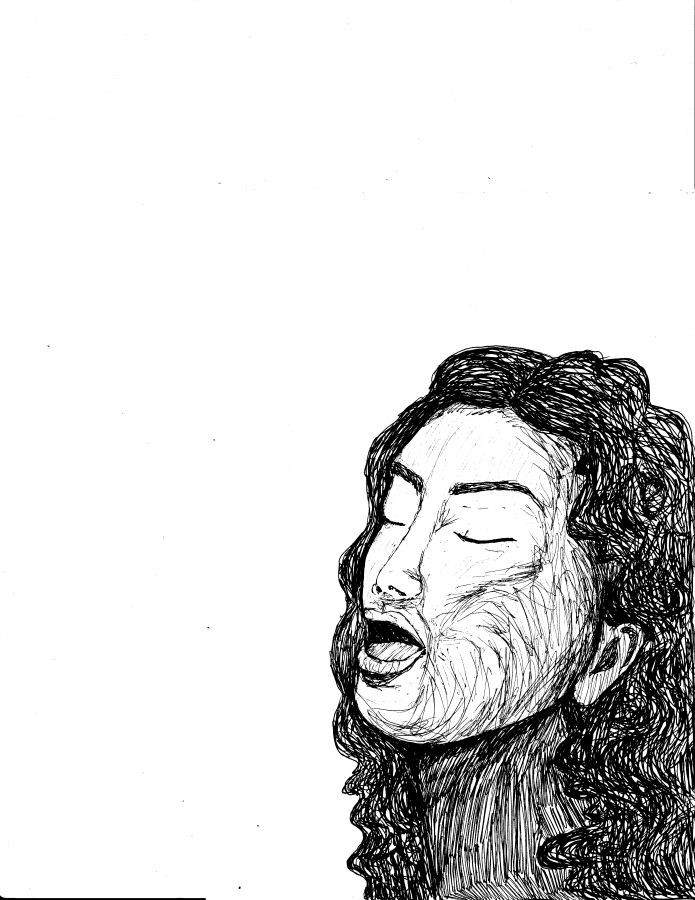A Shift in the Spotlight
Diversity issues in acting.
Among the numerous dilemmas Hollywood is notorious for, its issue of having not diverse casts is one that has been under much public scrutiny. In the early stages of its establishment, Hollywood would hire Caucasian actors to play people of color, frequently seen wearing blackface and yellowface to compensate for their part.
Take the 1961 American comedy film Breakfast at Tiffany’s, for example, when Mickey Rooney played a  Japanese landlord, or when Caucasian actor Alec Guinness played the Arabian Prince Faisal in the 1962 epic historical drama Lawrence of Arabia.
Japanese landlord, or when Caucasian actor Alec Guinness played the Arabian Prince Faisal in the 1962 epic historical drama Lawrence of Arabia.
While this practice was socially accepted 50 years ago, it has faced serious public backlash in in recent years.
Many films produced by Hollywood today no longer use such offensive means of portrayal, but this problem of racial diversity from the 20th century is still as prevalent as it was before.
Recently, The Great Wall, set to be released in February, has also demonstrated similar implicit racial themes. In this movie, two European mercenaries explore Song China, and help the Chinese defend their country. While Matt Damon does not portray an Asian man in this film, he is one of two Caucasian males in an otherwise entirely Asian cast. And it is no minor coincidence that the two Caucasians play the lead roles, while most of the supporting cast identifies as Asian.
Fresh Off The Boat actress Constance Wu criticized the film’s underlying message in a lengthy Twitter post, claiming that “our heroes don’t look like Matt Damon. They look like Malala [Yousafzai]. Ghandi. [Nelson] Mandela,” and later continued to o address Hollywood’s problem with consistently “pointing out the repeatedly implied racist notion that white peopl are superior to POC [People of Color] and that POC need salvation from our own color via white strength.”
Here at Garfield, diversity issues are also prevailing. In the drama department, most of the cast members have been Caucasian in previous years.
This year, drama director Stewart Hawk strove to increase diversity on stage, using In the Heights as a way to encourage more people of color to audition. In the Heights is set in Washington Heights, a neighborhood plagued by gentrification. It revolves around a series of Latino characters that struggle to maintain the cultural identity of their native backgrounds, while they themselves are in the process of exploring American culture.
“It’s a wonderful story. It resonates with a lot of people here in the school, maybe from a personal standpoint or a historical standpoint of their own families and how they came to this country,” Hawk said.
The storyline follows a series of Latino characters, so appropriate casting was more essential compared to previous years. In addition to the posters that were hung around the school, the officers of the drama department spoke to clubs such as Black Student Union, Razas Unidas, and Multiracial Student Union, to encourage people of color to audition. Morgan Gwilym-Tso, who plays Usnavi in the musical, was one of the people involved in outreach.
“We made sure to be very clear; we do have a problem within Garfield’s theatre program of being almost completely white, and we explained that our goal was to show Garfield onstage,” said Gwilym-Tso.
As with many musicals, whitewashing was a challenge the drama department sought to overcome.
“In the Heights is a story about an immigrant community, and a non-white community in a gentrifying neighborhood. I think [that] in order to effectively tell that
story and to portray how [In The Heights Playwright] Lin-Manuel Miranda wanted the story to be told, it is necessary for us to have people of color, and specifically Latinos, playing the roles.” Gwilym-Tso added.
Another cast member, senior Lila Danielsen-Wong, explains why the root problem goes beyond people’s appearances.
“It’s straight up whitewashing and you can’t have your little blonde girl singing about the barrio,” Danielsen-Wong said.
“It’s specifically for a Latino community. In general, it’s supposed to be [about] stories of people of color.”
Despite these obstacles, the Garfield drama department has already made notable progress in diversifying its casting choices.
“It’s necessary to have POC on stage for this musical. For other musicals, there were a couple of characters [that were of color]. For this, the entire stage has to look a certain way to tell the story,” Gwilym-Tso said.
Art by Ana Matsubara





